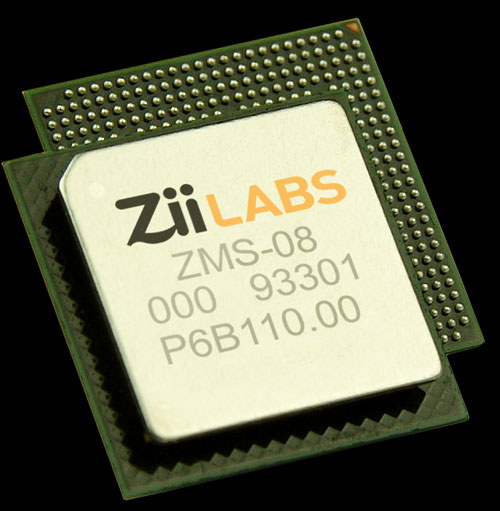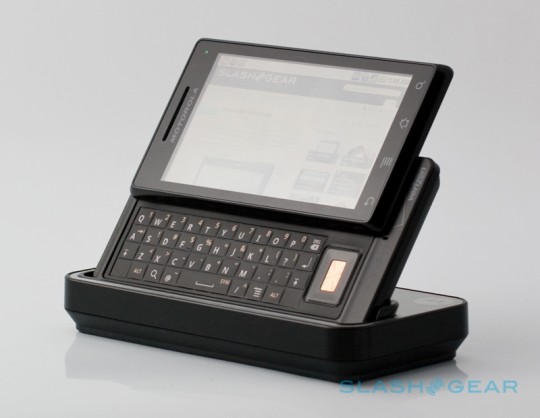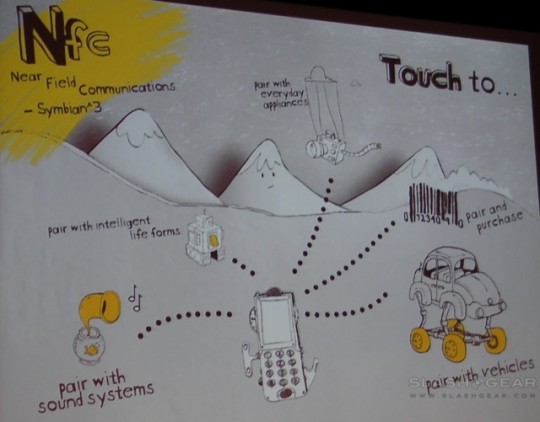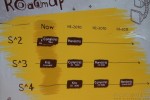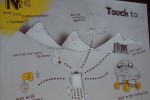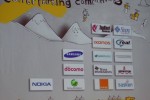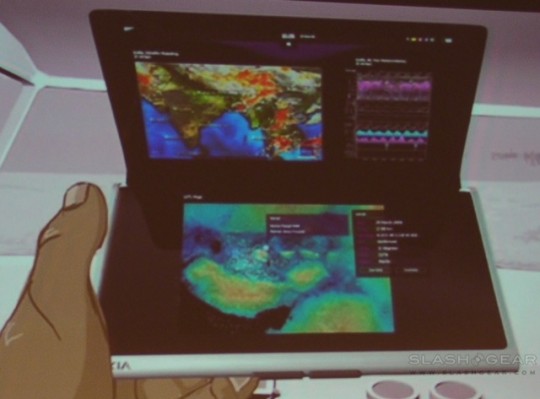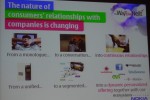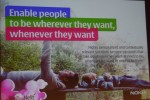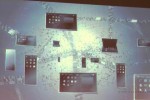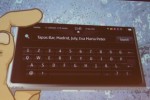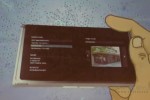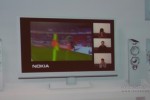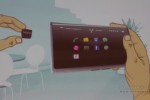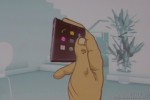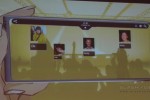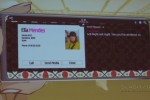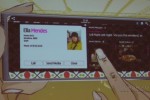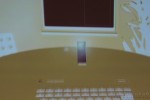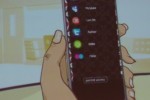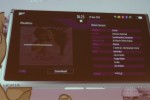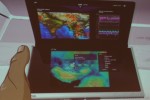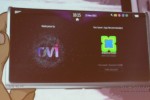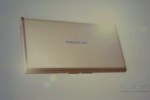Here we have a school which didn't protect its computers with up-to-date AV software, and a teacher who has paid the price.
Reportedly, when Julie Amero was a substitute teacher in 2004, her PC started popping up random images of pornography when surfing the Web. Now, that's the same symptom my friend's system has, and it's often indicative of malware. Yet, despite this, without taking the time to examine the system for malware, the state of Connecticut chose to prosecute --- and convict --- Amero of felony charges, with a 40-year sentence, in January of 2007.
The verdict was overturned in June of 2007, after forensic analysts independently did their own study and determined that the computer was infected. Despite this, the state of Connecticut was determined to retry the case. They also never admitted any of the errors they made in trying the case, including the aforementioned lack of forensic analysis of the hard drive.
However, last Friday, the case finally was put to rest. Amero accepted a plea bargain to end the ordeal. She received a $100 fine, but she also had to surrender her teacher's license. While she said she was happy, stating:
"Oh honey, it's over. I feel wonderful. The Norwich police made a mistake. It was proven. That makes me feel like I'm on top of the world."
justice has not been served as she lost her license to teach as well as paying a terrible price for more than 4 years.
The stress of the experience has resulted in Amero being hospitalized, a little over a week ago.
BTW, the school was using Symantec's WebNot, which is a firewall program. However, they had not renewed the subscription so it was not up-to-date. It should have been obvious to an on-the-ball IT admin that even with a firewall, local AV software should have installed on all the PCs.
That would have prevented infection from the Web, and also prevented infection via USB drives (hint, hint, Pentagon?).
So, unfortunately for Amero, it seems like what we have here is closure, but it sure doesn't seem like we got justice. Just another example of what happens when non-technical people try to judge a technical trial











